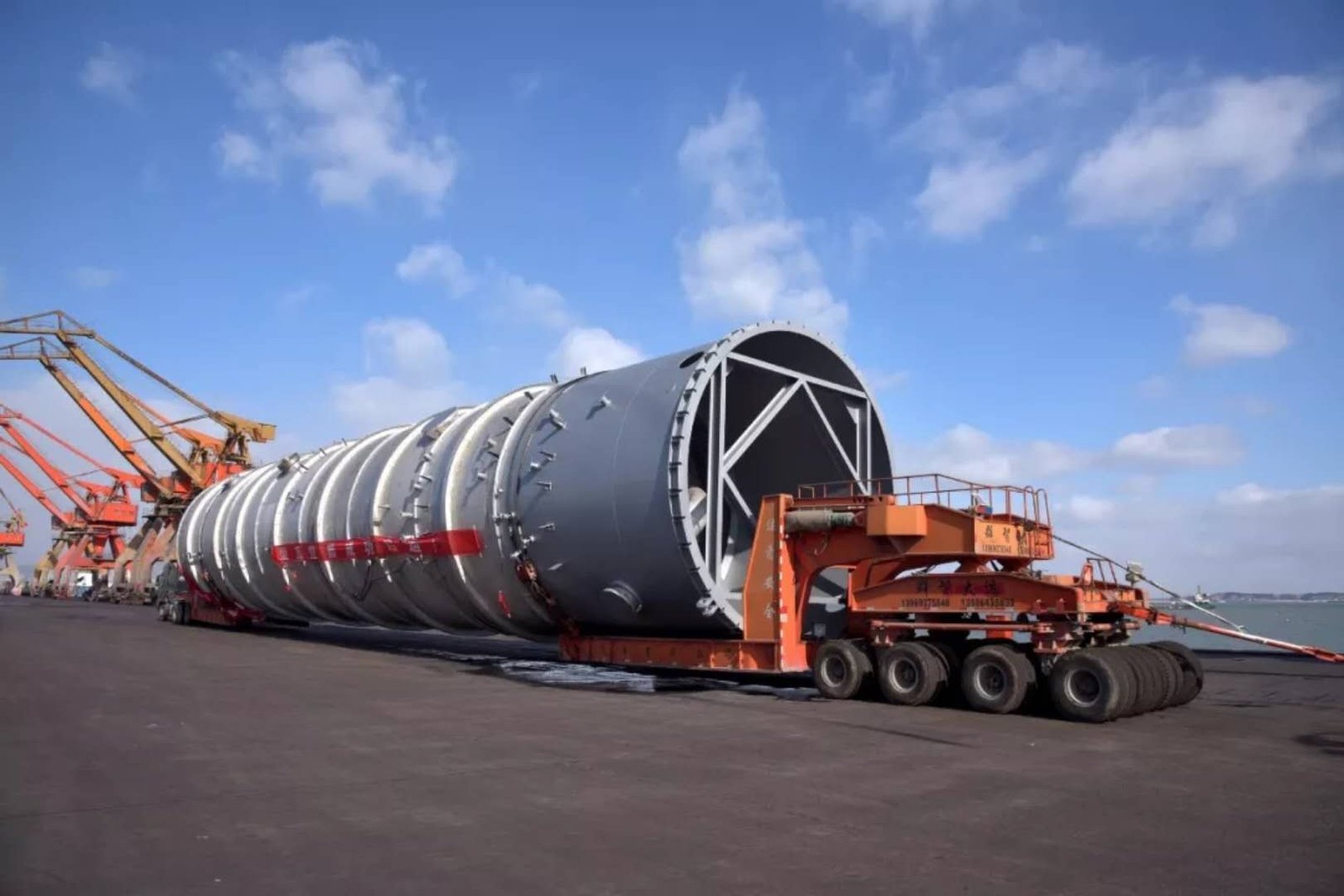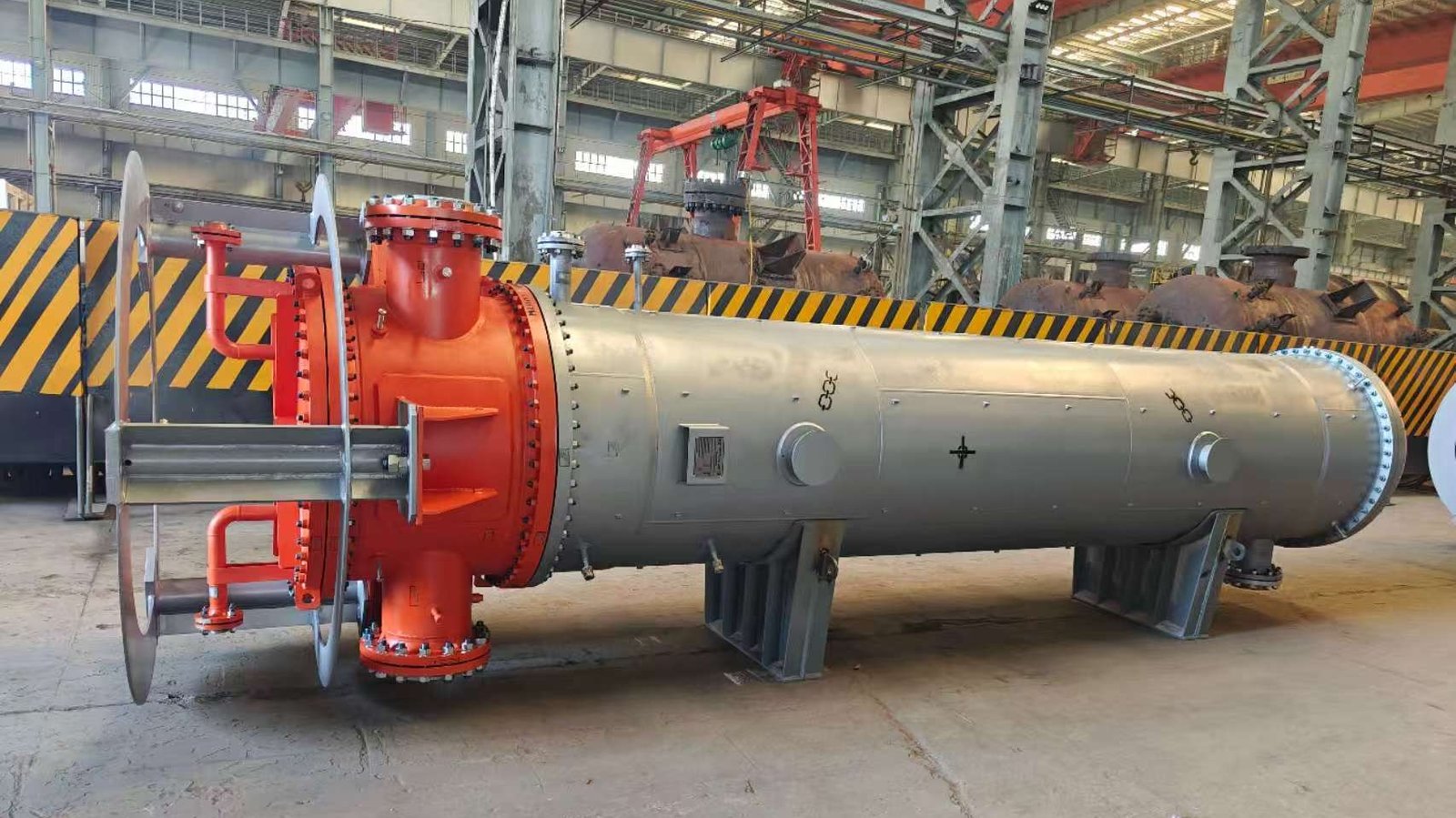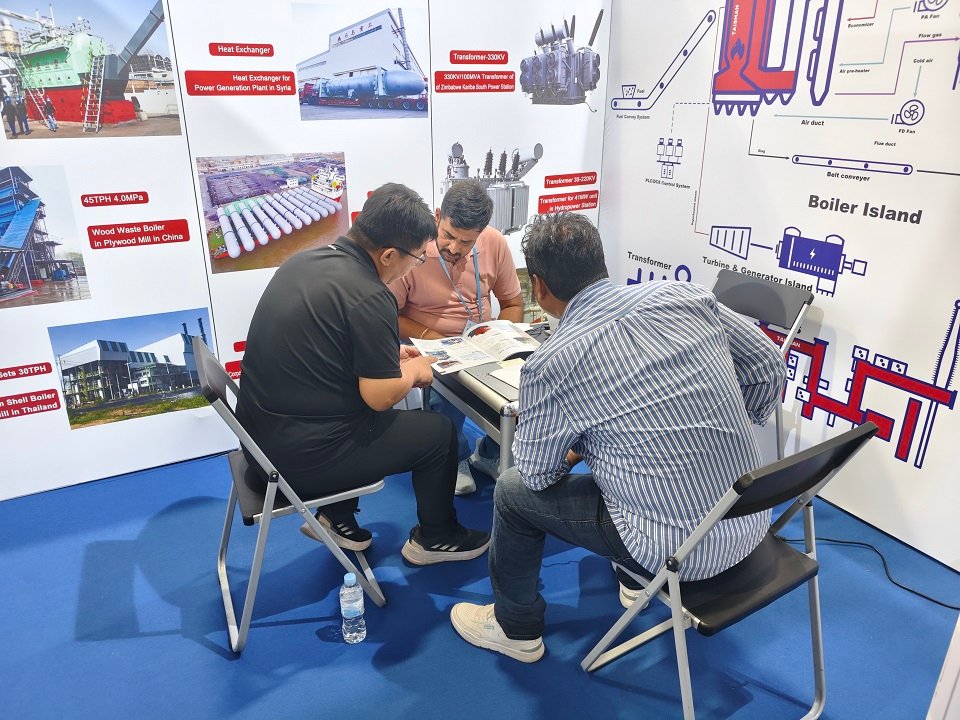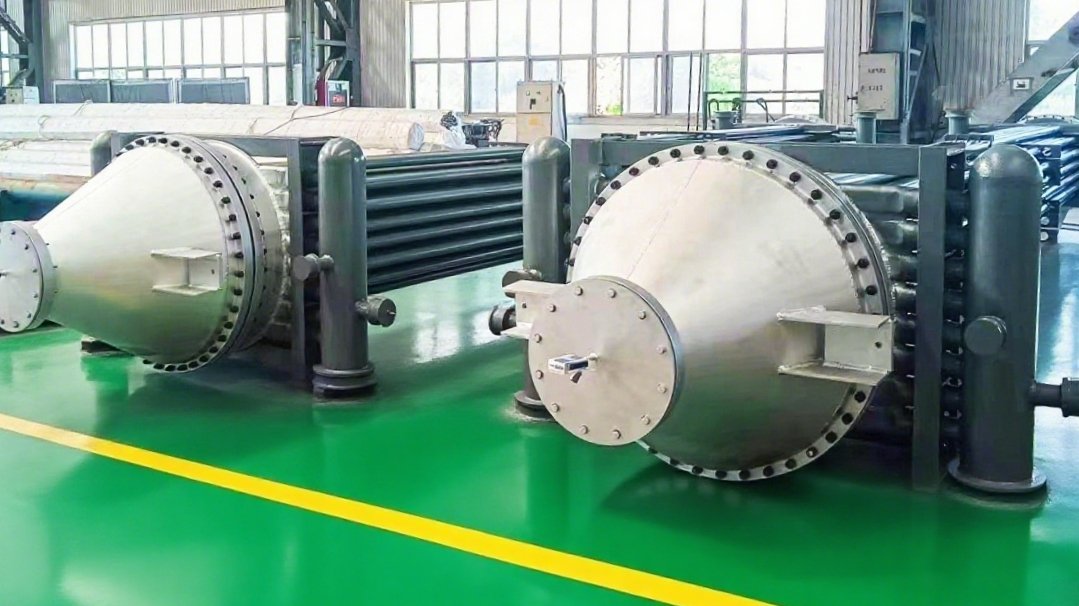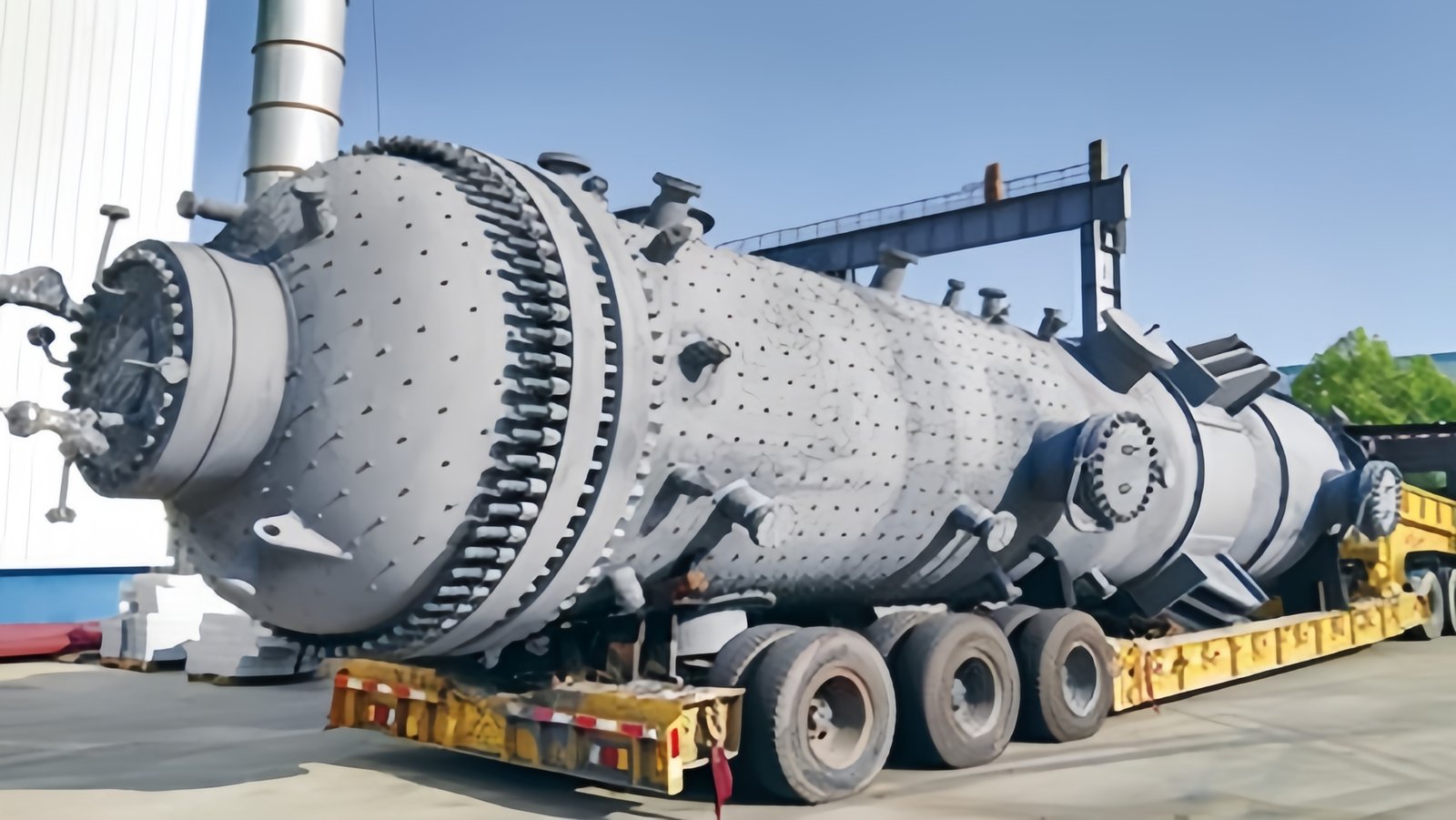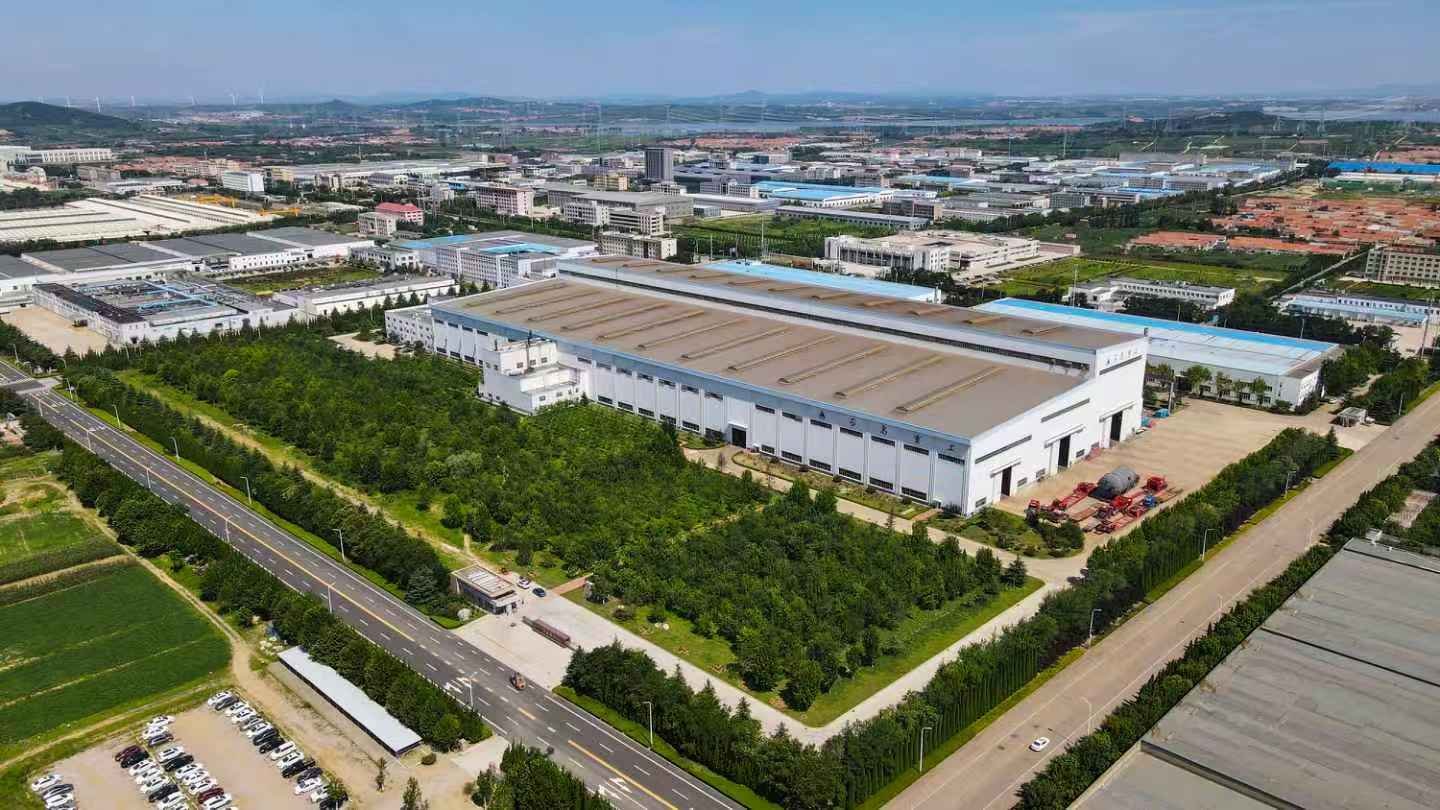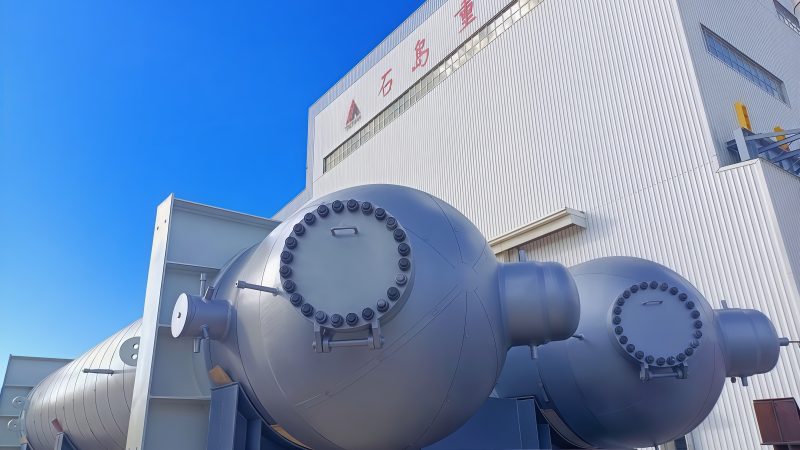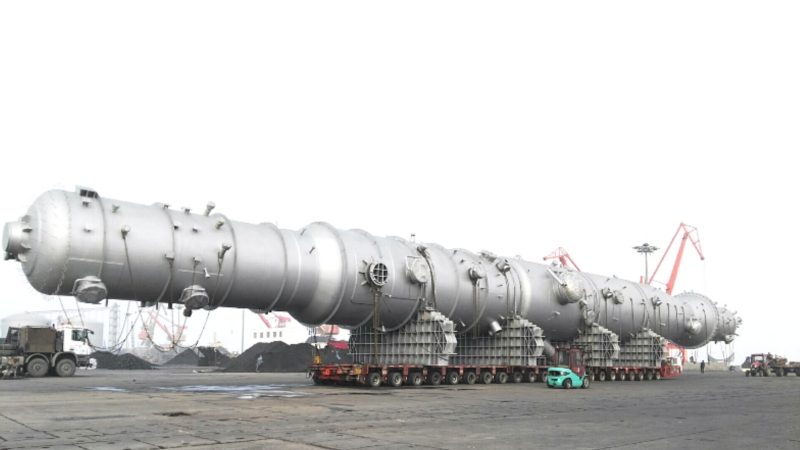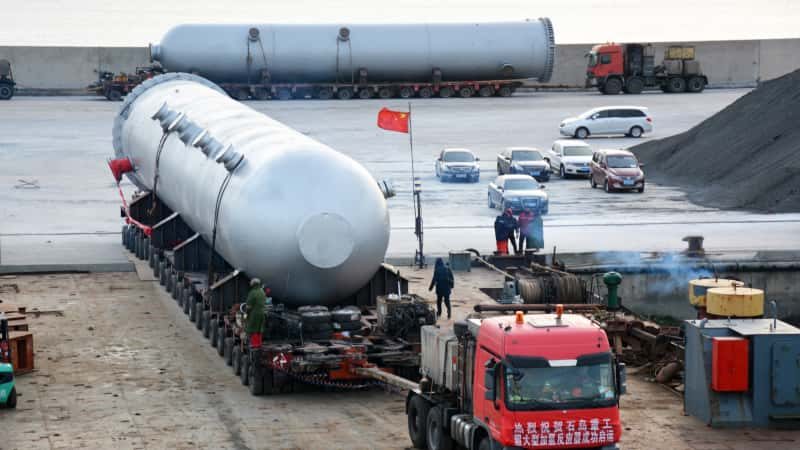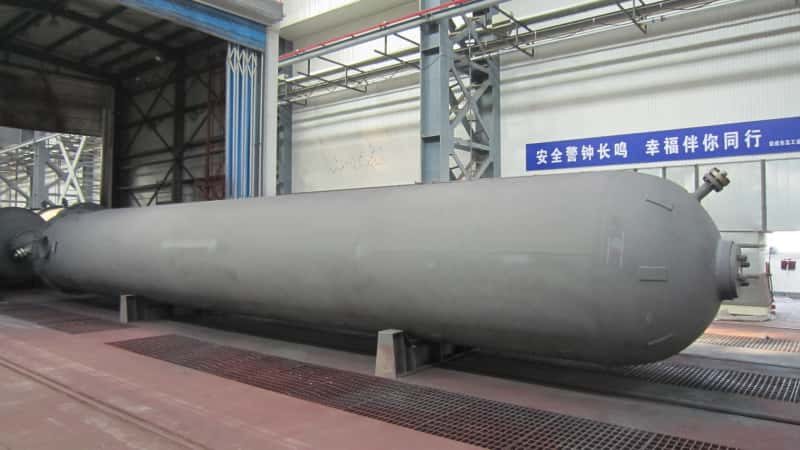What Are the Key Benefits of Using a Recovery Tower & Column?
In many industrial chemical processes, one of the most overlooked challenges is the immense waste of valuable solvents, vapors, and by-products. When not efficiently recovered, these materials not only inflate operational costs but also harm the environment and violate regulations. The absence of a recovery mechanism means higher raw material usage, emissions issues, and reduced process efficiency. Fortunately, Recovery Towers and Columns serve as high-efficiency units designed to tackle these problems by recycling and purifying volatile substances, improving process sustainability and economic viability. This article explores in-depth why implementing a Recovery Tower or Column is not just an operational upgrade—but a strategic necessity.
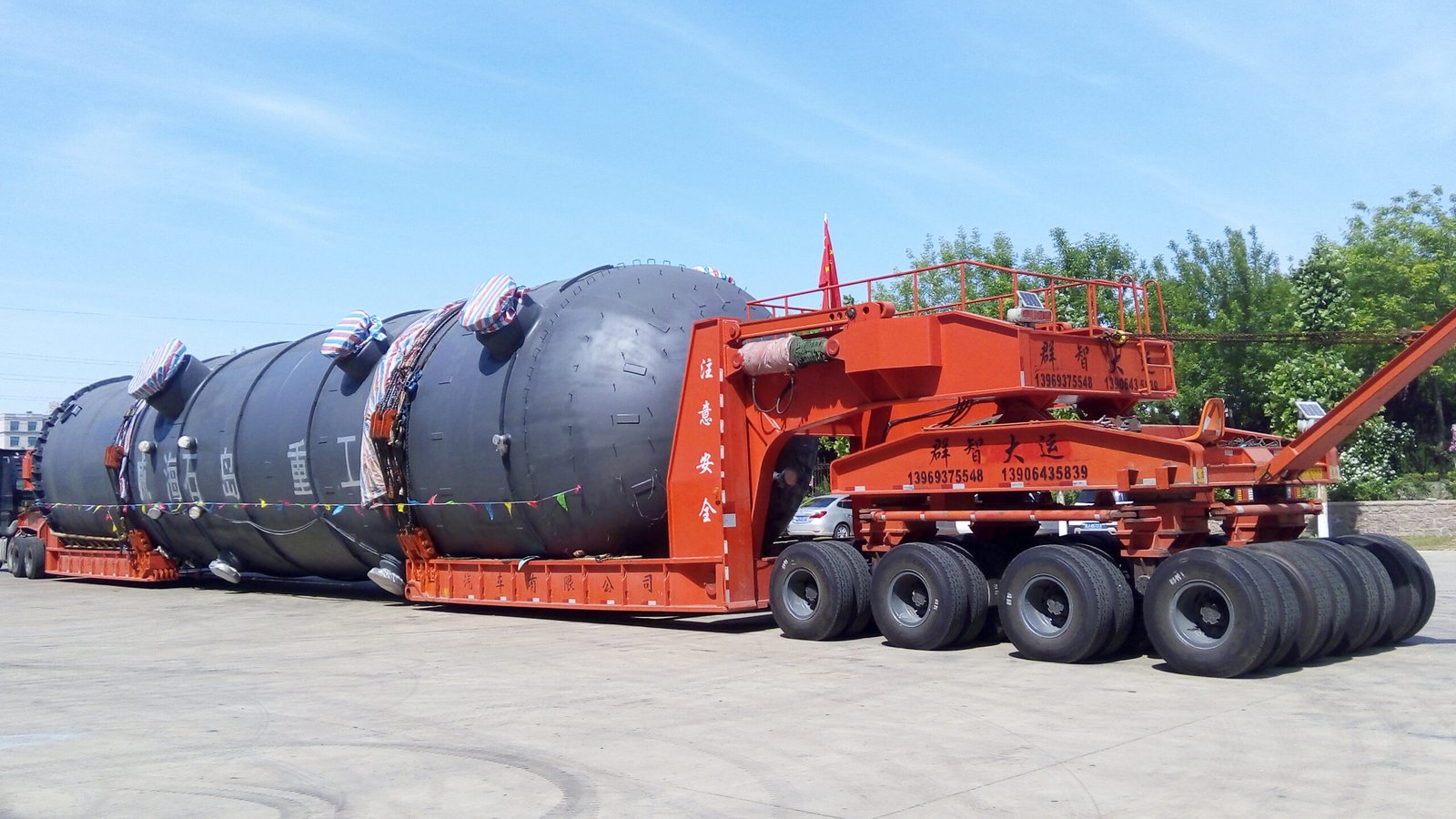
Recovery Towers and Columns offer critical benefits such as efficient solvent and vapor recovery, significant cost savings, environmental protection, process optimization, and regulatory compliance, making them essential for industries such as petrochemicals, pharmaceuticals, and chemical manufacturing.
If you’re involved in any process-intensive industry, you already understand the value of optimizing resources. The use of Recovery Towers & Columns isn’t just about technical improvement—it’s about achieving long-term sustainability, profitability, and competitive edge. Keep reading to understand the technical principles, data-backed advantages, and real-world applications that make these systems indispensable.
Recovery Towers help reduce environmental emissions in industrial plants.True
By recovering volatile organic compounds and other emissions, Recovery Towers significantly reduce the release of harmful gases into the environment.
Recovery Columns increase the operational cost of a chemical plant.False
Despite the initial investment, Recovery Columns reduce long-term costs by reclaiming valuable solvents and reducing raw material needs.
🔍 What is a Recovery Tower & Column?
A Recovery Tower, often referred to as a Recovery Column, is a type of distillation equipment used in various industries to separate and reclaim valuable vapors, solvents, and gases from process streams. These systems are particularly essential in processes where large volumes of volatile organic compounds (VOCs), steam, or solvent vapors are generated.
Recovery Towers can include the following components:
- Column Shell: Usually fabricated from stainless steel or alloy materials to withstand corrosive media.
- Packing/Trays: These enhance surface area for mass transfer.
- Reboilers and Condensers: For heating and cooling to enable separation.
- Overhead & Bottom Collection Systems: For collecting purified and recovered materials.
These systems can be either packed columns or tray-type columns, depending on the process demands and fluid dynamics.
📊 Table 1: Key Differences Between Packed and Tray Recovery Columns
| Feature | Packed Column | Tray Column |
|---|---|---|
| Efficiency | Higher for low liquid flow rates | Better at handling high liquid loads |
| Pressure Drop | Lower | Higher |
| Maintenance | Slightly more complex | Easier to inspect and maintain |
| Application | Fine chemical, pharmaceutical | Petrochemical, oil refining |
| Cost | Generally lower | Generally higher |
💡 Why Are Recovery Towers & Columns So Important?
1. Solvent and Vapor Recovery for Cost Reduction
Many chemical and pharmaceutical processes use expensive solvents like ethanol, methanol, acetone, and toluene. These solvents often evaporate or escape with product streams, leading to high recurring costs. A Recovery Tower enables the capture and reuse of these solvents.
For example, in a pharmaceutical manufacturing process, implementing a vapor recovery tower can reduce solvent purchase costs by up to 65% annually.
2. Environmental Compliance and Emission Control
Environmental agencies around the world now mandate strict control over VOCs and greenhouse gases. Recovery columns help meet these regulatory standards by capturing emissions that would otherwise be vented or flared.
Technical Case:
A petrochemical plant in Houston reported a 70% reduction in VOC emissions after installing a recovery tower, thereby avoiding \$2M/year in environmental fines.
📈 Chart 1: Reduction in VOC Emissions Post-Recovery Tower Installation

3. Process Optimization and Purity Control
By recovering and purifying internal streams, recovery columns help maintain consistency in product purity and quality. Especially in fine chemical and semiconductor applications, even trace impurities can ruin entire batches. The use of multi-effect recovery systems ensures consistent separation performance with high throughput.
4. Energy Efficiency Through Heat Integration
Modern recovery towers are often integrated with reboilers and condensers using waste heat from other plant operations. This results in energy conservation of up to 30%, minimizing both environmental impact and operating costs.
📊 Table 2: Typical Solvent Recovery Efficiencies by Column Type
| Solvent Type | Recovery Efficiency (%) | Recommended Column Type |
|---|---|---|
| Ethanol | 95–98% | Tray Column |
| Acetone | 90–95% | Packed Column |
| Toluene | 96–99% | Tray Column |
| Methanol | 92–97% | Packed Column |
| Hexane | 85–92% | Hybrid Recovery System |
5. Customization for Industry-Specific Applications
Recovery Towers and Columns can be tailored to a wide range of industries:
- Petrochemical Industry: Recovery of light hydrocarbons, ammonia, and sulfur compounds.
- Pharmaceuticals: Recovery and reuse of organic solvents in synthesis steps.
- Food Processing: Alcohol recovery during fermentation.
- Waste Management: Removal and neutralization of harmful gases.
Real-World Application: Solvent Recovery in Paint Manufacturing
In paint and coating factories, xylene and toluene are major solvents. With proper recovery column systems, plants can reuse over 90% of these solvents and reduce annual solvent procurement costs by hundreds of thousands of dollars. Furthermore, emissions from these volatile solvents can be brought under OSHA’s permissible exposure limits.
Conclusion
Recovery Towers and Columns are not just ancillary components—they are pivotal systems that drastically improve industrial sustainability, operational economics, and environmental stewardship. From solvent recovery to process heat reuse and emissions control, these towers play a multifunctional role that adds immense value across industries. Their adaptability, efficiency, and compliance support make them a critical investment in the modern process landscape.
📞 Contact Us Today
Looking to design or integrate a Recovery Tower or Column in your facility? Whether it’s for solvent recovery, emissions control, or energy optimization, we offer full-stack solutions from engineering design to fabrication and installation.
Let our experts help you maximize recovery, minimize waste, and stay ahead of compliance!



